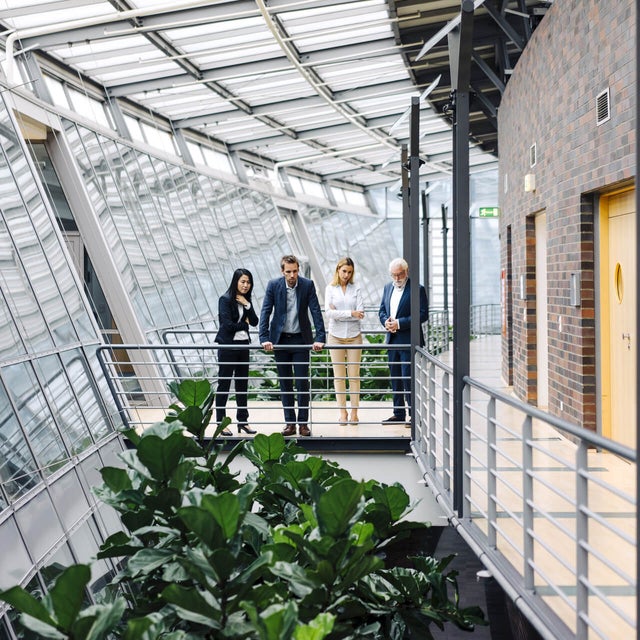
By replacing outdated systems with modern, sustainable technology, ista helped the British Council cut energy costs by 25% and lower their carbon footprint — all without disrupting daily operations.

The British Council was facing the dual challenge of rising energy costs and an aging infrastructure of HVAC and lighting systems. At the same time, there was a strong push to meet ambitious sustainability targets by lowering energy consumption and reducing the building’s environmental footprint. However, it was essential that these upgrades cause no disruption to ongoing operations, particularly given the Council’s role as a public-facing institution with regular daily activities.
To meet these requirements, ista developed and delivered a targeted energy efficiency plan based on a set of customized Energy Conservation Measures (ECMs). The approach included the replacement of obsolete split and package AC units with high-performance inverter-type models. In addition, existing lighting was upgraded to energy-efficient LED systems enhanced with occupancy sensors to maximize savings during low-traffic periods. Water-saving aerators were installed to reduce consumption without compromising usability. Lastly, an automated dripline irrigation system was implemented to support sustainable landscaping.
The project also placed great emphasis on execution. By coordinating closely with suppliers, ista managed to drastically reduce the delivery time of critical components. All works were conducted during night shifts to avoid disruption, and regular communication with local authorities ensured seamless implementation without regulatory delays.
The project resulted in a 25% reduction in energy costs, helping the British Council significantly cut operating expenses while aligning with its environmental strategy. Additionally, the upgrades led to a measurable reduction in carbon emissions, supporting broader climate goals.
One of the most impressive outcomes was the accelerated timeline. The new Package AC unit, initially expected within 90 days, was delivered in just 5 days. Installation across all systems was completed within three consecutive nights, enabling energy savings to start ahead of schedule. Most importantly, all changes were implemented without any disturbance to daily operations, thanks to precise planning and flawless execution.
This project’s success stemmed from three key drivers. First, the collaborative coordination with local stakeholders and authorities ensured fast approvals and smooth processes. Second, tight integration with suppliers allowed ista to accelerate delivery timelines, enabling faster return on investment for the client. Lastly, risk-conscious execution—including crane operations and complex retrofitting—was carried out with a strong focus on safety and quality, proving that speed does not have to come at the cost of safety.